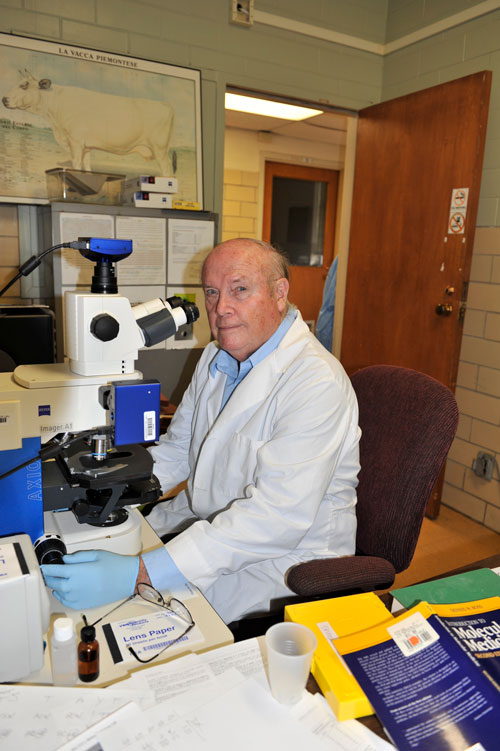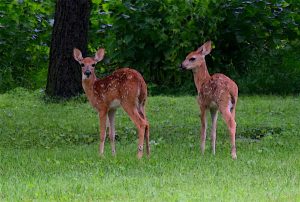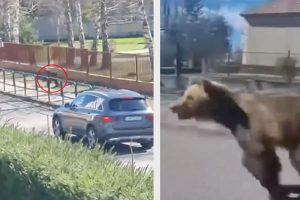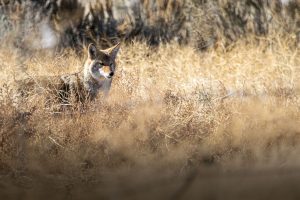Chronic wasting disease has dominated headlines since its initial discovery roughly 30 years ago and does not show much sign of slowing down.
With new cases popping up in places such as Montana, where the disease had yet to be found, scientists, biologists and hunters alike are scrambling to contain the deadly condition.
Last week, the Louisiana State University College of Agriculture released information about a breakthrough made by animal scientist Frank Bastian. Spending the bulk of his career studying chronic wasting disease, mad cow disease, and Creutzfeldt-Jakob disease, his team is now able to grow the bacteria and begin working on tests and possible vaccines.
“This is really exciting news because this allows me to work on the bacteria, while other laboratories with access to chronic wasting disease-affected deer tissues can conduct research also,” he said in the release. “We need more laboratories involved with this approach.”
For Hunters
With the bulk of his research centered on the diseases and the effects they can have on the human condition, Bastian plans to develop a field testing unit that hunters can carry with them while pursuing deer, elk, and moose.
“I would like to give hunters a test kit that they can carry in the woods so they can test their kill for presence of the bacteria while they are in the field,” Bastian said. “Hunters need to know whether their kill is infected before they consume the meat.”
With an incubation period of about 10 months, hunters are susceptible to unknowingly consuming infected meat and therefore potentially run the risk of infection themselves. While there is no proven evidence of human transmission, Bastian believes there is potential.
“We should be worried about these diseases because there is a potential infection reservoir in chronic wasting disease-infected deer populations,” he said.
Growing Organisms
Prior to this recent discovery, Bastian and his team were only able to grow the bacteria in the lab for 10 hours before it would die. Tinkering with the medium is what led to the breakthrough, allowing researchers to grow 100 percent of the specimens. Now able to grow organisms, his team has the ability to generate data that should not only provide answers to questions surrounding the disease but lead to a vaccine.
Bastian believes that he and his team are within a year or two of producing the test for hunters to use in the field.




